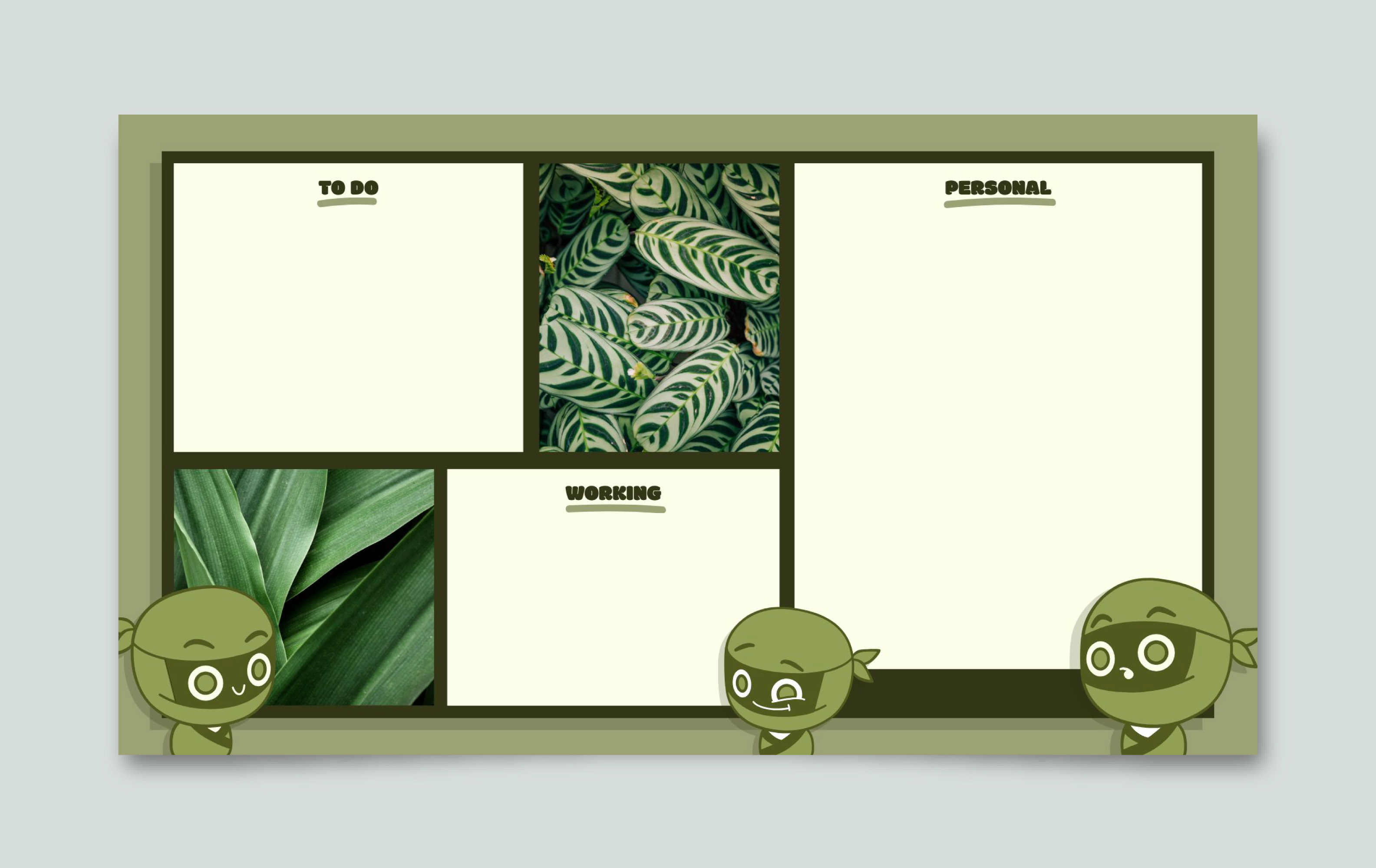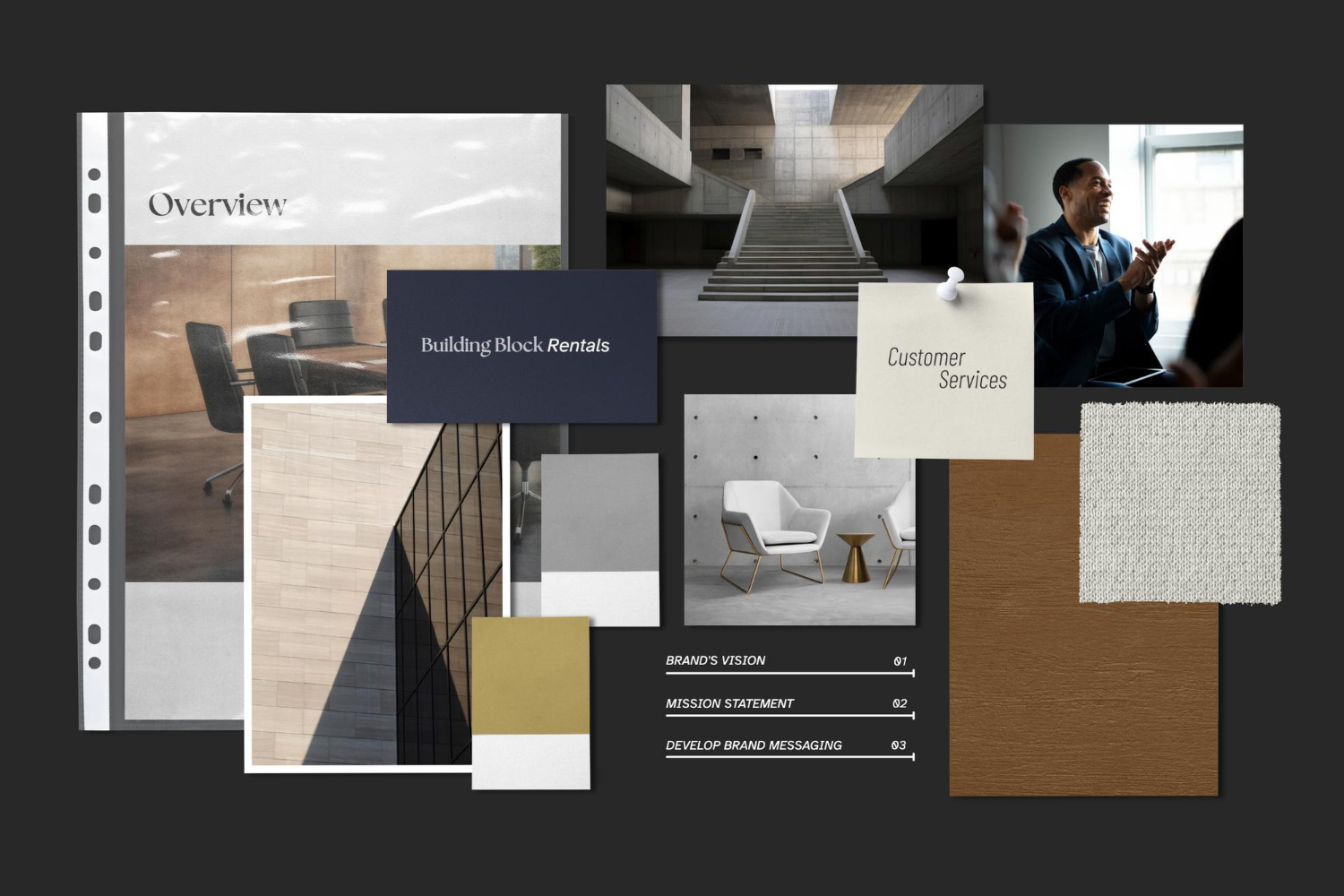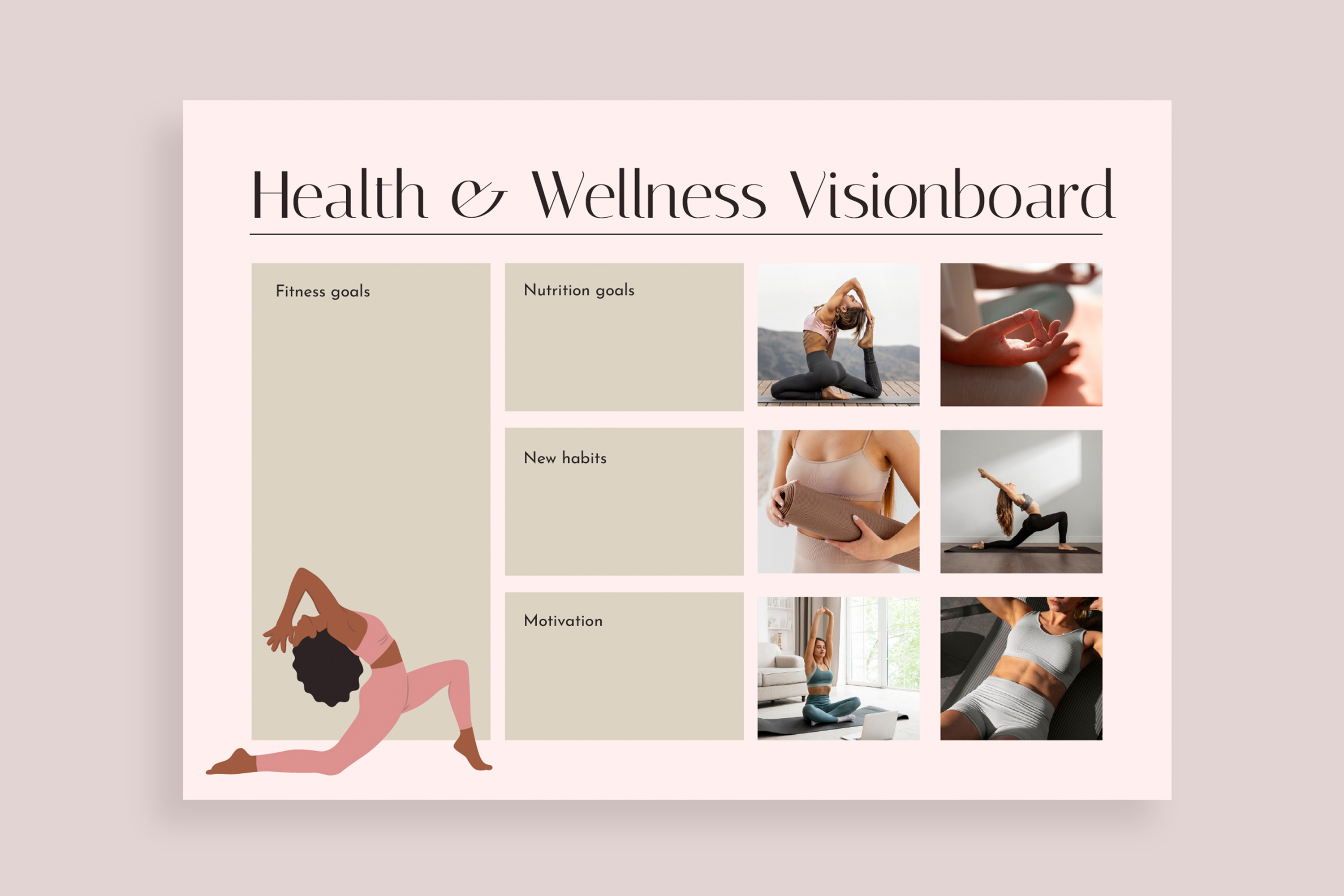A product vision board helps you see the big picture of what you’re building and why. It brings together your ideas, goals, and the problems you want to solve. This simple tool keeps your team on the same page and gives your product a clear direction. It’s not a long document or a deep strategy. Instead, it’s a one-page board that shows who your users are, what problems they have, how your product helps them, and what makes it different. When used right, the defined product vision becomes a daily reminder of your main purpose. It’s useful at the beginning of a project and also later, to check if you’re still heading the right way.

The Key Parts of a Product Vision Board
A product vision board usually has five main parts. Each one answers a different question about your product. Together, they help you focus and build something that people actually want.
Vision
This is the heart of the board. The vision explains what you want to achieve in the long run. It’s not about features or tech. It’s about the bigger reason behind your product. For example, your goal could be to make work easier for small shop owners or to help students stay focused during study time.
Target Group
Here, you write who your product is for. Not just age or location, but more about their needs, habits, and goals. Are they busy parents? Remote workers? Teenagers who like gaming? Knowing your users well helps you make better decisions later. You won’t waste time building things nobody needs. This part reminds you that you’re not building for yourself, but for real people with specific problems.
Needs
This section talks about the problems or pain points your users face. What makes their life harder? What do they struggle with that your product can fix? These needs should come from real conversations, feedback, or research. Don’t guess. Write the needs in a simple way. For example, “I waste time switching between apps” or “It’s hard to find recipes based on what I have in my fridge.” If you understand the need well, it becomes much easier to build the right solution.
Product
Now it’s time to talk about your product idea. How does it solve the needs listed above? What’s the core idea? Keep it simple. This isn’t the place for long feature lists or technical plans. Focus on what the product does and how it helps.
Business Goals
This last section focuses on what your business wants to get from the product. Maybe you want to grow your user base, increase monthly income, or enter a new market. Your goals should be real and measurable. Without them, it’s hard to know if the product is doing well. This part connects the user side with the business side. It reminds you that success means helping people while also meeting your company’s goals.
A product vision board is simple, but powerful. It helps teams focus on the right things without getting lost in the small stuff. When everyone sees the same board, it’s easier to work together.

What Is a Product Vision Statement
A product vision statement is a short message that explains the main idea behind a product. It says what the product should be in the future and why it matters. This message gives a clear goal that helps guide everyone working on the product. It’s not about features or details. It’s about the purpose. Think of it as a north star. It points the way so teams don’t lose focus, even when things change.
A good marketing vision board statement is short, simple, and clear. It speaks to both the team and the users. It answers questions like: What problem are we trying to solve? Who are we solving it for? And what do we want the product to become over time? For example, “To help remote workers stay organized and stress-free with one easy tool.” This kind of statement helps everyone understand why the product exists.
Who Writes a Product Vision Statement
Usually, the product manager writes the first version. But they don’t do it alone. Writing a vision statement is a team effort. The product manager works with company founders, stakeholders, designers, and developers. In some companies, the CEO or founder might take the lead. That often happens in startups where the product is still young and the team is small. In bigger teams, the product manager usually takes charge because they work closely with both the business and the users.
Once written, the product vision statement becomes a daily reminder of the goal. It shapes every decision from design to development. It helps teams say no to things that don’t fit. It also helps new team members understand the big picture right away.
In the end, a product vision statement is more than just words. It’s a promise. A promise to build something useful, thoughtful, and lasting. And that promise starts with the people who care enough to write it well.

How to Write a Product Vision and Make a Vision Board Online
Creating a product vision helps you stay focused on what matters. It shows the big idea behind your product and keeps your team going in the same direction. A good vision helps you say yes to the right things and no to the distractions. One way to show this clearly is by creating a product vision board. You don’t need fancy tools. With just a few steps, you can build one online.
Step 1: Start with Your Product Vision
Before you open any tool, take a moment to think. What do you want your product to be in the future? What problem does it solve? Who are you building it for?
Your vision should be short, clear, and honest. Don’t try to sound clever. Say it like you’d explain it to a friend. For example: “Help small shops take orders online with less stress.” That’s better than writing long, unclear messages full of buzzwords.
Once you know what you want to say, write it down. This sentence will guide your whole board. If you're starting from scratch and need help turning that vision into a working product, you might want to check out our MVP development services. They’re built to support small teams and early ideas.
Step 2: Pick an Online Tool
Now it’s time to go digital. You can use free or paid tools. Miro, FigJam, Canva, Google Slides, or Notion work well. Some even have ready-made templates you can use. Pick a tool that your team already knows. If not, choose one that is easy to use without a long setup.
Open a blank page or board. Name it “Product Vision Board” so others know what it is. If your tool allows adding team members, invite them. It helps to build the board together or share it for feedback later.
Step 3: Add the Core Sections
Your vision board process should have five: Vision, Target Group, Needs, Product, and Business Goals. These are the building blocks. Add a box or frame for each one.
Leave enough space under each title to add notes or sticky cards. You can color-code them or use shapes to group ideas later. Don’t worry about the design yet. Focus on getting the structure right. A clean, simple layout is enough.
Step 4: Fill in the Vision Section
Copy your product vision statement here. Make the text large and easy to read. This is the main idea. You can also add a short note explaining why this vision matters. If your team helped you write the vision, include their input too. This shows shared purpose.
If you plan to present this board to others, you may want to add your logo or project name near the top.
Step 5: Define the Target Group
In this section, describe your ideal users. Not just age or location, but their habits, struggles, and goals. For example, “Busy parents who shop online once a week” or “Freelancers who manage many client projects.”
If you’ve done interviews or surveys, use what you’ve learned. Write down real problems or quotes. It helps make the group feel more human. Add user photos or icons if your tool supports images. This makes the board feel alive and reminds everyone you’re building for real people.
Step 6: Add User Needs
Now, list the problems your users face. What makes their life harder? What tasks are slow, boring, or confusing for them? Don’t guess. Use feedback, reviews, or questions users have asked you.
For each need, write it in plain words. For example, “It’s hard to track all my tasks in one place.” Keep the focus on the user, not your product.
Step 7: Describe the Product Idea
In this part, write how your product solves the problems above. Keep it simple. One sentence is usually enough. For example, “An app that lets freelancers track projects and time in one view.”
You don’t need full specs. This is not your product plan. It’s just the main idea. You can add more details later in other tools. Right now, just show what the product is and how it helps.
Step 8: Write Business Goals
Last, talk about what you want the product to achieve for your business. It could be “Grow the number of users,” “Reach new markets,” or “Earn steady monthly income.”
These goals should be real and possible to measure. Don’t write long-term dreams here. Stay focused on the next steps. This section reminds the team that good products help both users and the company. If your product is tech-based and includes smart tools or automation, our AI product development services can help you move faster from idea to launch.
Step 9: Share and Update Often
When your board is ready, don’t keep it to yourself. Share it with your team. Ask for feedback. Update it if the vision changes or if you learn new things. The board is not a finished thing. It should grow with your product. You can also use it during meetings. It helps keep everyone focused. When someone brings a new idea, look at the board. Ask: Does it match our vision?
A product vision board is a simple but useful tool. You don’t need a big team or a long workshop to make one. You just need clear thinking and a few hours. And once you have it, your product work becomes easier, clearer, and more focused.

How to Make an Effective Vision Board
A product vision board helps bring your idea to life in a simple and clear way. A good vision board keeps everyone working in the same direction. It’s not only for big companies. Anyone building a product can use it, from startups to small teams. Tips for creating a product vision board:
- Know who your users are. Describe the people you are building for. What do they need? What do they care about? Don’t just guess. Look at feedback, past behavior, or direct interviews. Real users help shape better ideas.
- Focus on real problems. Write down the problems your users face every day. These can be small annoyances or big blockers. Make each one clear and specific.
- Keep the product idea simple. When you describe your product, do it in plain words. Imagine you are telling a friend who knows nothing about it. If they understand it quickly, you’re on the right track.
- Add business goals that matter. Think about what the product should do for your business. Do you want to grow your user base? Get more paying customers? Test a new market? Write down 1 or 2 goals that connect your product work to your business plans.
- Make it visual but not too busy. Use colors, shapes, or icons to make the board easy to read. But don’t turn it into a poster full of decorations. The goal is to keep it clear, not pretty.
- Share it and ask for feedback. Once you’ve made your first version, show it to your team. Ask what feels right and what feels off. Let people give honest thoughts. Update the board if something doesn’t make sense.
Are vision boards helpful? A product vision board is a simple tool, but it can do a lot. It helps you stay focused, make better choices, and work together as a team. When done right, it saves time and keeps your product on track. You don’t need special skills to build one. Just a clear vision, honest thinking, and the will to keep things simple. Use the tips above, and your board will not only look good but also guide real progress.
